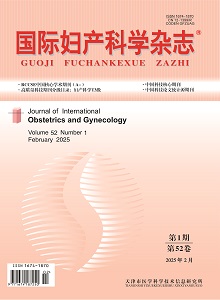Preeclampsia (PE) is a pregnancy-specific disorder characterized by inadequate trophoblast invasion and impaired spiral artery remodeling. Members of the transforming growth factor-β (TGF-β) superfamily, through activation of transmembrane serine/threonine kinase receptors and subsequent downstream signaling, influence key processes in PE pathogenesis, including trophoblast invasion, immune function, angiogenesis, and inflammation. Bone morphogenetic protein (BMP) subfamily members, such as BMP2, inhibit PE development by influencing trophoblast differentiation and invasion, modulating macrophage polarization, and regulating the expression of other TGF-β superfamily members. BMP7 promotes trophoblast calcification, potentially leading to placental vascular dysfunction. BMP9 promotes trophoblast migration and invasion by regulating matrix metalloproteinase (MMP) expression. BMP11 exerts anti-inflammatory effects by inhibiting nuclear factor-κB (NF-κB) signaling pathway activation, reactive oxygen species production, and inflammatory cytokine expression; However, its precise role in PE remains controversial. Growth and differentiation factor (GDF) subfamily members, such as GDF-8 and GDF-15, primarily affect trophoblast invasion by modulating MMP expression and epithelial-mesenchymal transition (EMT). GDF-15 may also exert anti-inflammatory effects by suppressing NF-κB signaling and reducing pro-inflammatory cytokines expression. Activins influence trophoblast invasion and proliferation by regulating MMP and integrin β1 expression and may contribute to PE pathogenesis by causing endothelial dysfunction. In contrast, inhibins show potential as predictors of PE. Numerous studies have confirmed the close association between TGF-β superfamily members and the development of PE; however, the precise regulatory mechanisms require further investigation to identify potential therapeutic targets and biomarkers for PE prediction.

